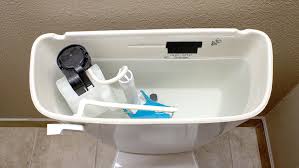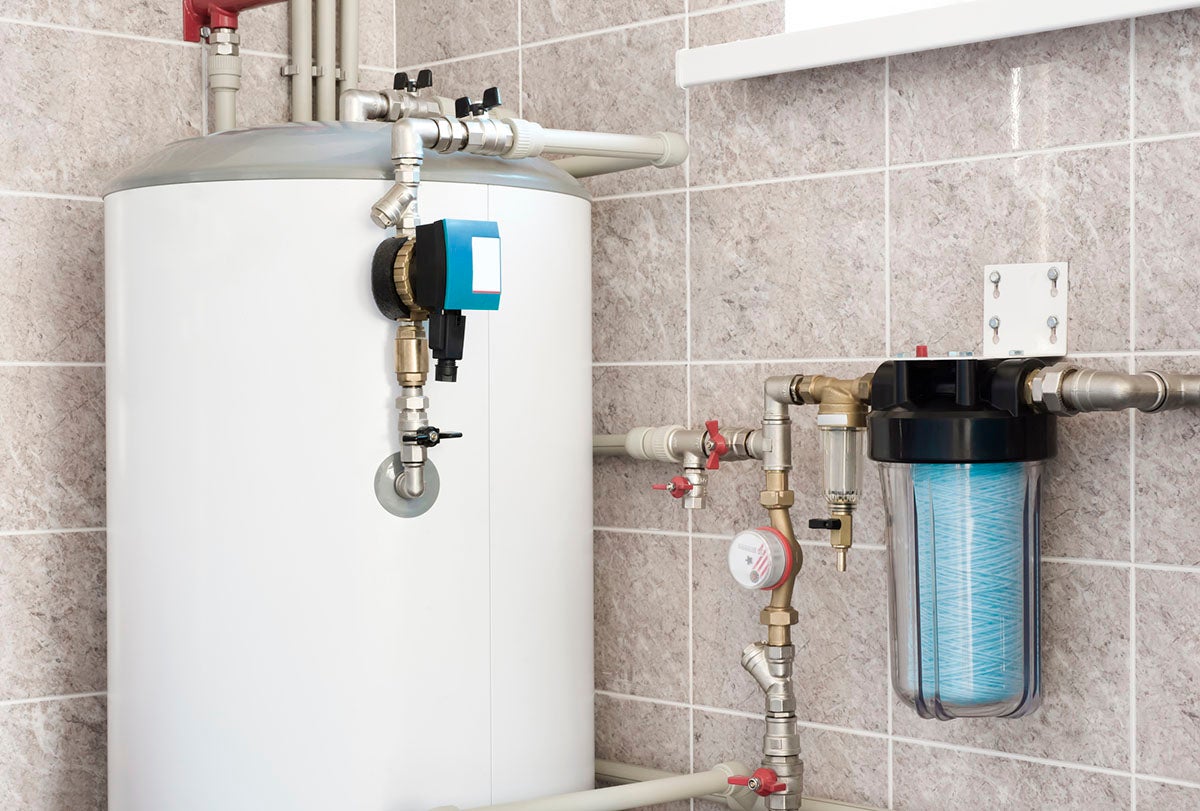We all have our daily rituals, and one of the most common is a visit to the bathroom. It’s a mundane activity that we don’t usually think about, until something goes wrong – like a malfunctioning toilet. One of the crucial components of the toilet that often causes problems is the humble toilet flapper. But what exactly is a toilet flapper, and how does it work?

What is a Toilet Flapper?
A toilet flapper, in simple terms, is a rubber or plastic cap that controls the water flow from the tank to the bowl. When you push the flush lever, it lifts the flapper, allowing water to rush from the tank into the toilet bowl and flush away the waste.
The Function of a Toilet Flapper
The toilet flapper serves as a gatekeeper, ensuring that water remains in the tank until the flush lever is pressed. After the flush, the flapper seals the tank again, allowing it to refill in preparation for the next use. This nifty component ensures the efficient operation of your toilet.
Types of Toilet Flappers
Rubber Flappers
These are the most common types of flappers you’ll find in the market. Rubber flappers are affordable and easy to install but tend to deteriorate with time due to exposure to water.
Adjustable Flappers
Pros and Cons
Adjustable flappers are designed to control the volume of water released during each flush. This feature can help you save water. However, they might require more fine-tuning compared to standard flappers.
Tank Ball Flappers
Maintenance Tips
Tank ball flappers are less common these days. They resemble a ball connected to a lift rod. They can be a bit tricky to maintain as they have more moving parts.
Seat Disk Flappers
When to Use
Seat disk flappers have a disk covering the overflow pipe. These are best used in older toilets models as they can withstand wear and tear better.
Cone Flappers
Ideal Scenarios
Cone flappers, shaped like a cone, are less common but can be found in certain brands. They are best used when the specific toilet model requires it.
How to Choose the Right Flapper
Material
The flapper material is an important consideration. Rubber flappers, for example, are economical but may wear out faster than plastic ones.
Size
Toilet flappers come in different sizes, typically 2 and 3 inches. The size of the flapper must match the size of the flush valve to ensure a proper seal.
Compatibility
Not all flappers are universally compatible. It’s crucial to choose a flapper that is designed for your specific toilet model.
How to Install Toilet Flappers
Step by Step Guide
Tools Needed
Before you start, make sure you have a new flapper, a wrench, and a pair of gloves.
Process
Turn off the water supply, remove the old flapper, attach the new one, and adjust the chain length to ensure proper operation.
Safety Precautions
Always make sure to turn off the water supply to avoid any unnecessary mess or water wastage.
Maintenance of Toilet Flappers
Regular Check-ups
Regular maintenance can prevent untimely wear and tear of your toilet flapper. Check for signs of damage, such as water leakage or difficulty in flushing.
Conclusion
Toilet flappers, though small, play a vital role in ensuring the proper functioning of your toilet. Understanding the different types of flappers can help you make an informed choice when the time comes to replace your toilet flapper.
FAQs
- What is the average lifespan of a toilet flapper? The lifespan can vary, but generally, a toilet flapper should be replaced every 4-5 years.
- Can I install a new toilet flapper by myself? Yes, with the proper tools and instructions, it’s a relatively simple DIY task.
- What if my toilet is still running after I replaced the flapper? This could indicate a problem with the fill valve or overflow tube.
- Are all toilet flappers the same size? No, the most common sizes are 2 and 3 inches, but it’s essential to check your toilet’s specifications.
- Do I need to turn off the water supply when changing a toilet flapper? Yes, turning off the water supply will prevent unnecessary water wastage.




